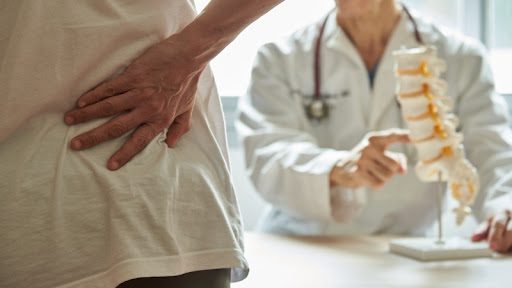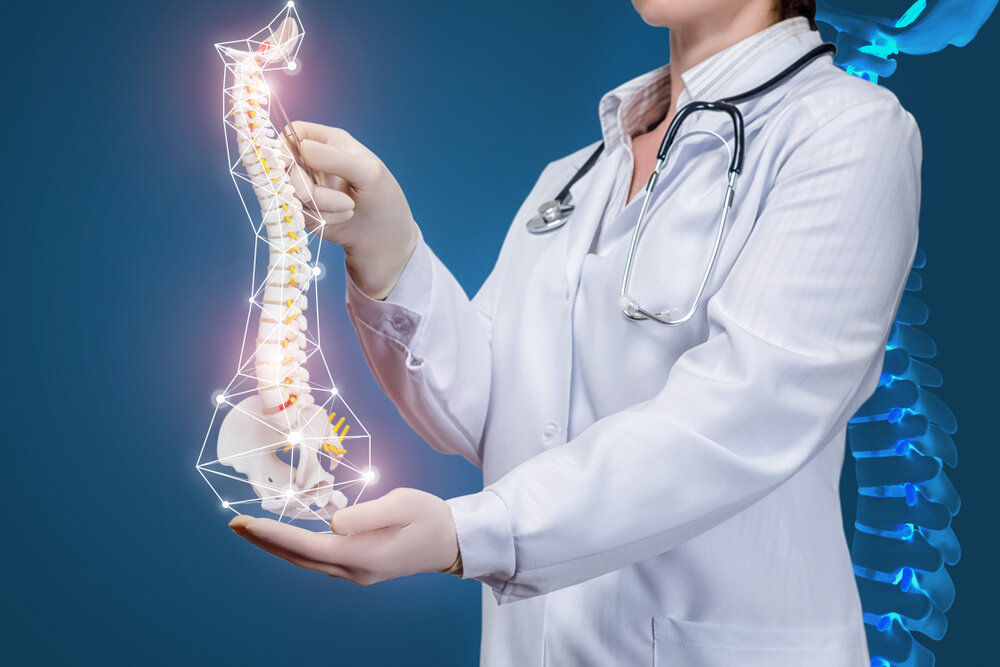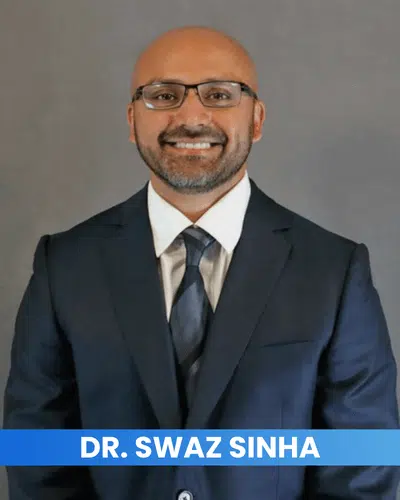Typical Procedures Done by the Best Spine Surgeons in St Louis MO
Typical Procedures Done by the Best Spine Surgeons in St Louis MO
Blog Article
A Summary of Spinal Column Conditions That Commonly Result in Surgical Therapies
Spinal column problems such as herniated discs, spine constriction, and degenerative disc condition often demand surgical interventions when conventional treatments fall short to reduce relentless signs. Understanding the subtleties of each condition and the equivalent surgical choices, such as discectomy or spine blend, is important for efficient administration.
Herniated Discs
Although lots of individuals with herniated discs might discover relief via traditional therapies, surgery ends up being an essential consideration when symptoms linger or get worse - best spine surgeons in st louis mo. A herniated disc takes place when the soft inner gel of a spinal disc sticks out with its outer layer, potentially leading and pressing nearby nerves to discomfort, feeling numb, or weakness in the extremities
Conventional monitoring typically includes physical therapy, discomfort medicines, and corticosteroid injections, which intend to minimize swelling and boost function. In cases where these methods fail to minimize incapacitating symptoms, medical choices might be explored.
The most typical surgery for herniated discs is a discectomy, which involves the elimination of the herniated part of the disc to alleviate pressure on the impacted nerve root. In much more serious instances, spinal combination may be necessary to support the impacted vertebrae.
Individuals are suggested to go over the potential threats and benefits of surgical procedure with their medical care provider to make a notified choice. Eventually, the objective of any surgical treatment is to restore feature, minimize pain, and improve general high quality of life for individuals struggling with herniated discs.
Back Constriction
Spinal constriction happens when the areas within the spinal column narrow, causing enhanced stress on the spine and nerves. This problem can develop in various areas of the spinal column, consisting of the back and cervical locations, often due to age-related modifications, such as degenerative disc disease, arthritis, or enlarging of tendons.
Clients with spine stenosis might present with signs that include pain, numbness, tingling, or weakness, largely in the legs or arms. These symptoms can be intensified by tasks that involve standing or strolling, commonly leading people to look for relief through traditional therapies like physical therapy, drugs, or epidural steroid injections.
Nevertheless, when these non-surgical interventions stop working to provide sufficient relief, surgical choices may be taken into consideration. Common medical treatments for spine stenosis include laminectomy, which entails the removal of part of the vertebra to minimize pressure, and back fusion, which supports the afflicted location.
Spondylolisthesis
Spondylolisthesis happens when one vertebra slips ahead over an additional, leading to misalignment of the back. This problem can arise from numerous aspects, consisting of genetic issues, trauma, or degenerative adjustments in the spine. It is most commonly observed in the lumbar area, especially at the L4-L5 and L5-S1 degrees.

Treatment alternatives vary based on the severity of the slippage and the signs and symptoms presented. Conservative actions, consisting of physical treatment, discomfort monitoring, and activity adjustment, are often the very first line of protection. However, when non-surgical techniques fall short to soothe signs or when considerable nerve compression exists, medical intervention might be necessitated. Surgical alternatives can consist of spine blend or decompression procedures, targeted at bring back placement and alleviating neurological signs and symptoms. Early medical diagnosis and suitable monitoring are critical for optimum end results in clients with spondylolisthesis.
Degenerative Disc Illness

The problem can be detected through a combination of medical analysis, imaging studies, and patient history. When these approaches fail to offer appropriate relief, surgical interventions may be thought about.
Surgical options for DDD might include spinal fusion or synthetic disc substitute, focused on supporting the affected section and minimizing discomfort (best spine surgeons in st louis mo). Inevitably, the option of treatment is embellished, taking into account the severity of the problem, client health, and way of living variables
Spinal Tumors

Back growths can arise from different factors, consisting of hereditary tendency, ecological impacts, and pre-existing medical conditions. Clients may offer with a range of signs and symptoms, including localized pain, neurological deficits, weak point, or changes in digestive tract and bladder feature, depending on the growth's dimension and area.
Surgical treatment may be required to reduce signs, get a biopsy, or eliminate the news lump entirely. The objective of surgical procedure is frequently to unwind neural components and stabilize the back. Early discovery and intervention are important for check my blog enhancing results in people with back lumps.
Conclusion
In summary, spine problems such as herniated discs, spine stenosis, spondylolisthesis, degenerative disc disease, and back lumps frequently demand medical treatment as a result of their possible to trigger substantial pain and useful disability. While conventional therapies may supply short-lived relief, medical choices end up being essential when symptoms get worse or linger. Timely medical diagnosis and treatment play a vital duty in restoring feature and boosting the quality of life for affected individuals, highlighting the importance of extensive spinal treatment.

Report this page